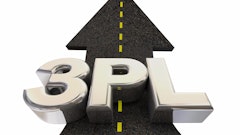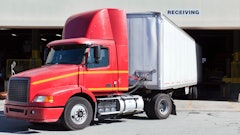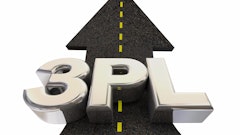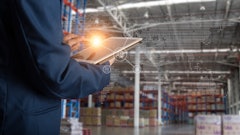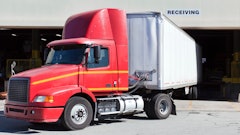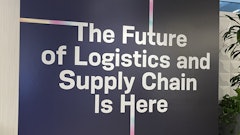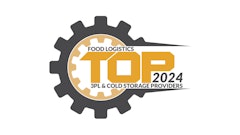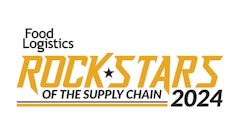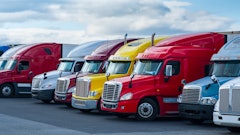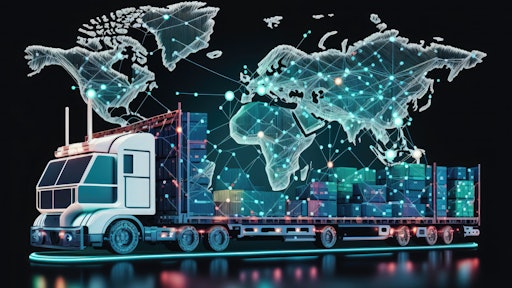
Efficient transportation management is a cornerstone for success in the supply chain industry. As businesses expand and diversify, the need for effective strategies is critical; in transportation, it's a necessity to optimize processes that can quickly become chaotic. Key solutions to address upcoming challenges come from a place of preparation, with options like transportation management systems (TMS) and Internet of Things (IoT) solutions to carrier collaboration and consolidation efforts. The significance of having a strategy that works for you is vital to the success of a modern third-party logistics (3PL) provider.
The main challenges of transportation management
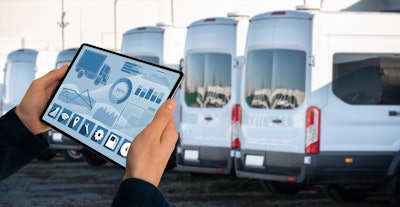 Digital tablet used for fleet tracking data.scharfsinn86 AdobeStock_510413844
Digital tablet used for fleet tracking data.scharfsinn86 AdobeStock_510413844
According to a study by AlixPartners LLP, revenues dropped 30% from a year earlier, and EBITDA was cut in more than half over that period. Additionally, capacity is found to be on the rise and, consequently, rates are under downward pressure. The Red Sea crisis is adding to the usual challenges with disruptions involving weather, emissions, etc. always looming.
Jagan Reddy, managing director at NetLogistik, says long-term, sustainable and scalable solutions are needed.
"With the size and complexities of supplier networks, changing regulations and the growing number of transportation mode options, having a dynamic software solution that can manage and help make decisions is key component in any supply chain strategy," says Reddy.
Transportation management strategies and solutions
Effective transportation management strategies encompass a range of approaches. Key components include route optimization, load planning, carrier selection, real-time tracking and performance analytics. By adopting these strategies, organizations can reduce transportation costs, minimize environmental impact and improve customer satisfaction— attacking the challenges at the source.
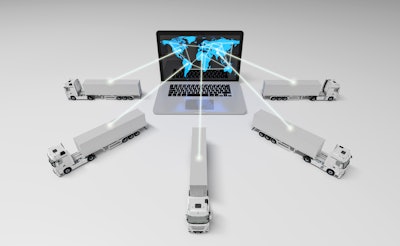 Online fleet tracking of vehicles and cargo.Shutter81/stock.adobe.com
Online fleet tracking of vehicles and cargo.Shutter81/stock.adobe.com
TMS algorithms analyze historical data and real-time information to identify the most efficient routes to minimize fuel consumption and reduce transit times. This leads to cost savings and improved delivery performance, when delivery performance is most important when maintaining compliance in food logistics.
Brian Cupp, director of operations at IntelliTrans, says specific challenges for food shippers, ranging from regulatory compliance to the complexity of maintaining the quality and safety of perishable goods, create unique complexities where TMS can help streamline operations, monitor shipments, gauge performance and save money.
"Integrating a transportation management system (TMS) unlocks real-time data and powerful analytics, empowering companies to make informed decisions and enhance their transportation operations. This enhanced visibility ripples through the entire supply chain, driving efficiency in several ways," says Cupp. "The wealth of data from multiple sources allows organizations to make data-based decisions. By analyzing trends and utilizing historical information, companies can pinpoint areas for improvement. For food shippers, it can involve optimizing processes, strategically selecting carriers, and implementing cost-saving pricing strategies. This translates to significant reductions in transportation spending."
The visibility aspect, for food specifically, is where IoT jumps in. IoT sensors allow for improved quality control by monitoring temperatures and ensuring proper handling of perishables. Cupp says it offers early detection of any issues, like fluctuations in temperature or delays, allows for timely intervention and maintains the quality of food products, an increasing awareness in today's consumer.
Finding the benefits of transportation management software and implementation
The benefits come from the modern features of modern technology. Whether it's tracking locations of shipments, making data-driven decisions or crafting contingency plans through climate, traffic or equipment analytics, the realized power is efficiency ten-fold— now where do we start?
Adopting anything new is a process and implementation for a fresh strategy requires strategy of its own.
Chris Schramm, director of sales and accounts at Nexterus, says data from existing systems needs to be migrated and integrated, which may involve cleansing and formatting the data to enable a successful data exchange.
"All stakeholders within different departments need to be involved in the training, testing, and integration to ensure everyone is engaged for a successful project. Change management strategies may need to be deployed to address any resistance to change and to ensure the successful adoption of the new technology," describes Schramm. "Support mechanisms like help desks, documentation, and user forums can assist users with any issues that may arise during the transition. Most importantly, monitor the performance of the new TMS to ensure it meets business goals."
 Data coded by a computer.monsitj/stock.adobe.com
Data coded by a computer.monsitj/stock.adobe.com
And when it's all in place take the time to measure and monitor. For a TMS, Reddy says it's important to understand what KPIs you will monitor to confirm the TMS is delivering the results you desire.
"Cost per mile, cost per pound, average cost per unit, on time delivery rate, average transit time, billing accuracy are all common measurements used by organizations to track TMS impact. As the old saying goes, 'what you can measure, you can improve,'" says Reddy.
For a 3PL, transportation management strategies are indispensable for success. Software and technology have taken the sector by force, as a force for good, empowering organizations to overcome challenges, enhance efficiency and stay competitive. As businesses continue to prioritize streamlined logistics, the strategies and subsequent actions taken will undoubtedly play a pivotal role in shaping the future of transportation management.







